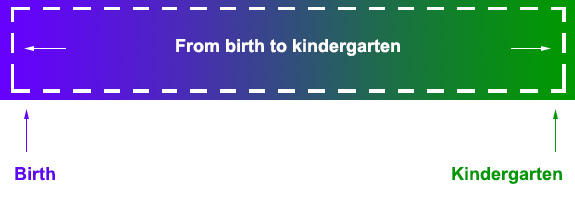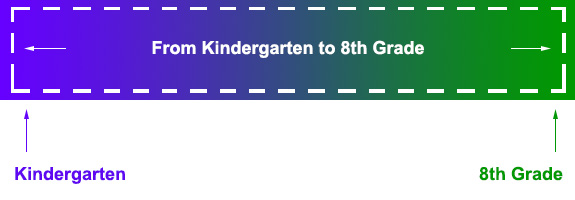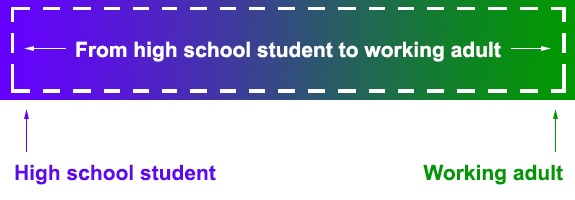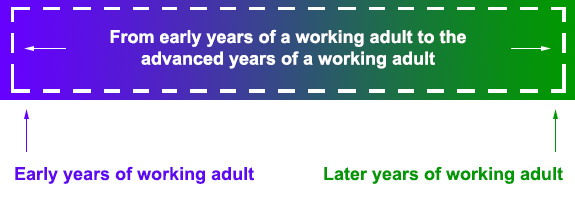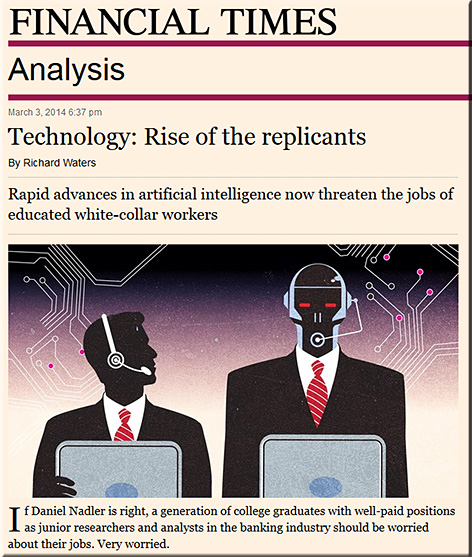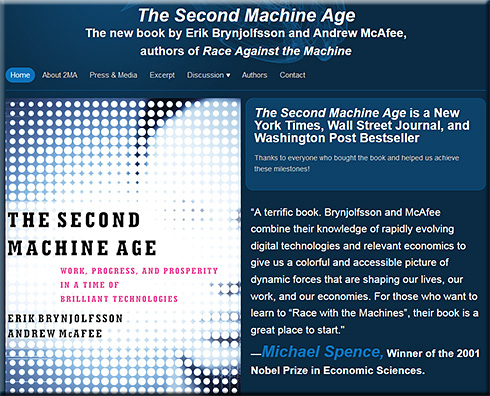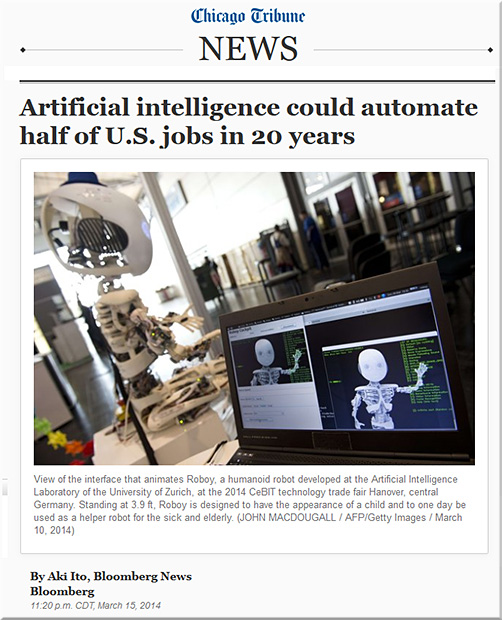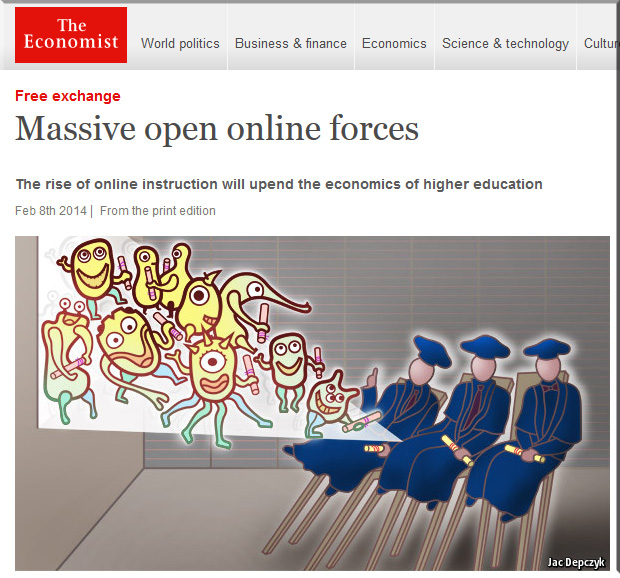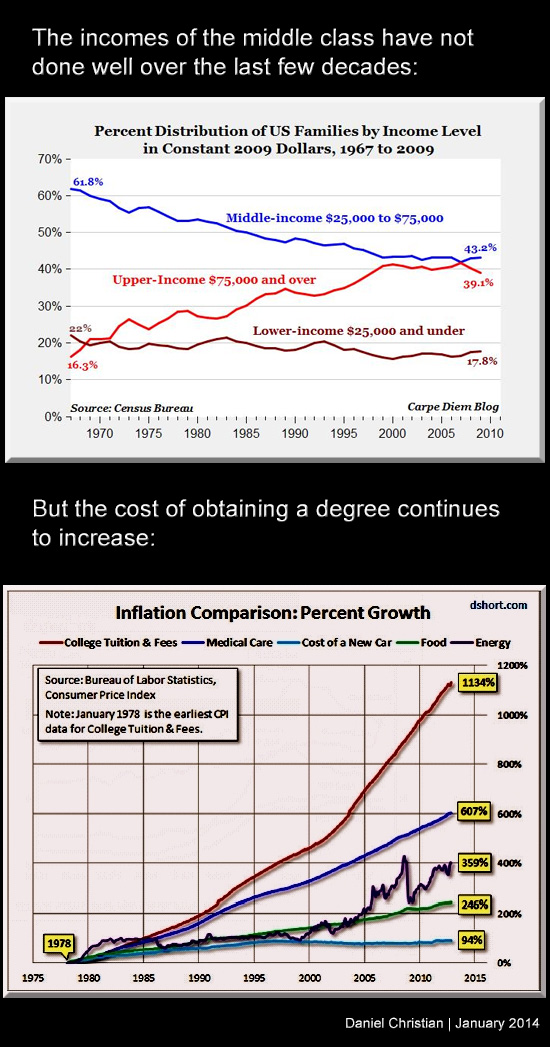From DSC:
Sometimes, the advice of the old economy no longer applies.
Growing up, our family had a wonderful neighbor named Dr. John Evans. He had worked for a large, successful company called Upjohn (in the pharmaceutical industry) for most, if not all, of his career. I used to mow his lawn. I remember him giving me some lemonade or pop on those hot summer days here in Michigan. On one such occasion, I recall him saying to me, “Danny…you just need to find a good company and hop on board. You can ride that train for a long time.”
That strategy worked very well for him. He had been with Upjohn for many years before retiring from that corporation. So that advice was spot on — for the economy and job market that he had known and participated in.
So, upon graduating from college, I tried to implement that strategy. My first job out of college was with a company called Baxter Healthcare (a large corporation that had just merged with American Hospital Supply and began laying off numerous people, as many jobs were then duplicated). Anyway, that employment lasted all of 4 years before all employees in our division of Baxter had to move to Florida or New York or lose their jobs. As I didn’t want to move at the time, I was forced to find another job. (I’m quite sure many people out there who were working in the U.S. in the 80’s and 90’s — the decades of some serious merger and acquisition activity — can relate to such experiences.)
Anyway, these memories came back to me when I recently read a sentence from Sarah Kendzior’s Nov 2013 piece entitled Surviving the post-employment economy. That sentence said, “If you are 35 or younger – and quite often, older – the advice of the old economy does not apply to you.”
Wow. That rang true with me. It surely resonated with my experience.
So, as the growth of contingent workers continues, I’d like to join many others in putting some new advice out there. My advice to folks — especially to you younger people — would be to take courses, subscribe to the RSS feeds of relevant blogs, follow people on Twitter, and build your personal learning network (at least in part) around the topics of:
- Entrepreneurship
- Running your own business
- Creativity
- Being able to adapt, pivot
- Experimentation
- Freelancing
- Disruption
- Learning how to learn
- Lifelong learning
- Identifying and following your passions
- Futurism — and learning how to pulse check a variety of landscapes
That’s my 2 cents for now.









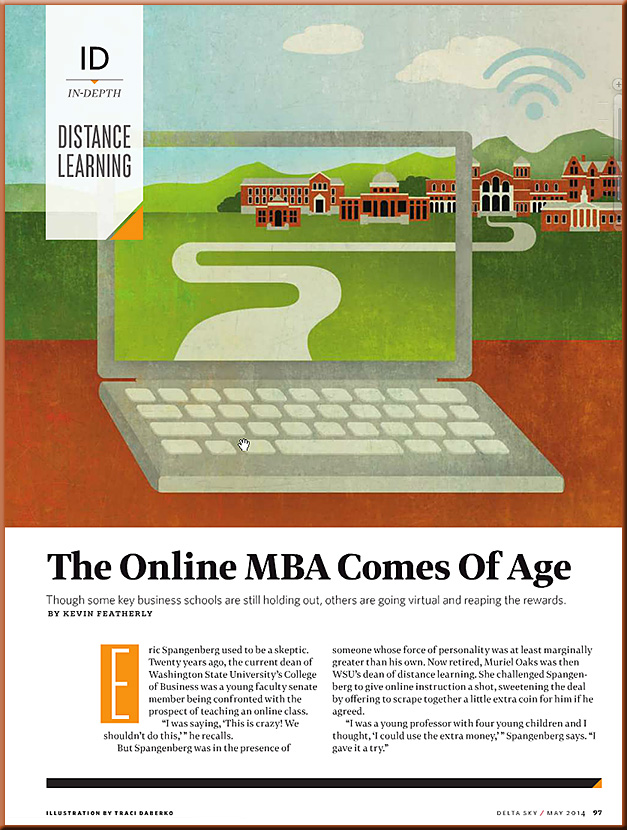
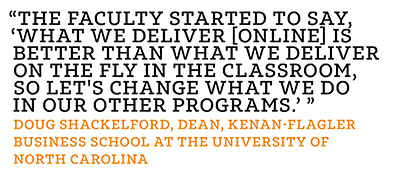


![The Living [Class] Room -- by Daniel Christian -- July 2012 -- a second device used in conjunction with a Smart/Connected TV](http://danielschristian.com/learning-ecosystems/wp-content/uploads/2012/07/The-Living-Class-Room-Daniel-S-Christian-July-2012.jpg)


